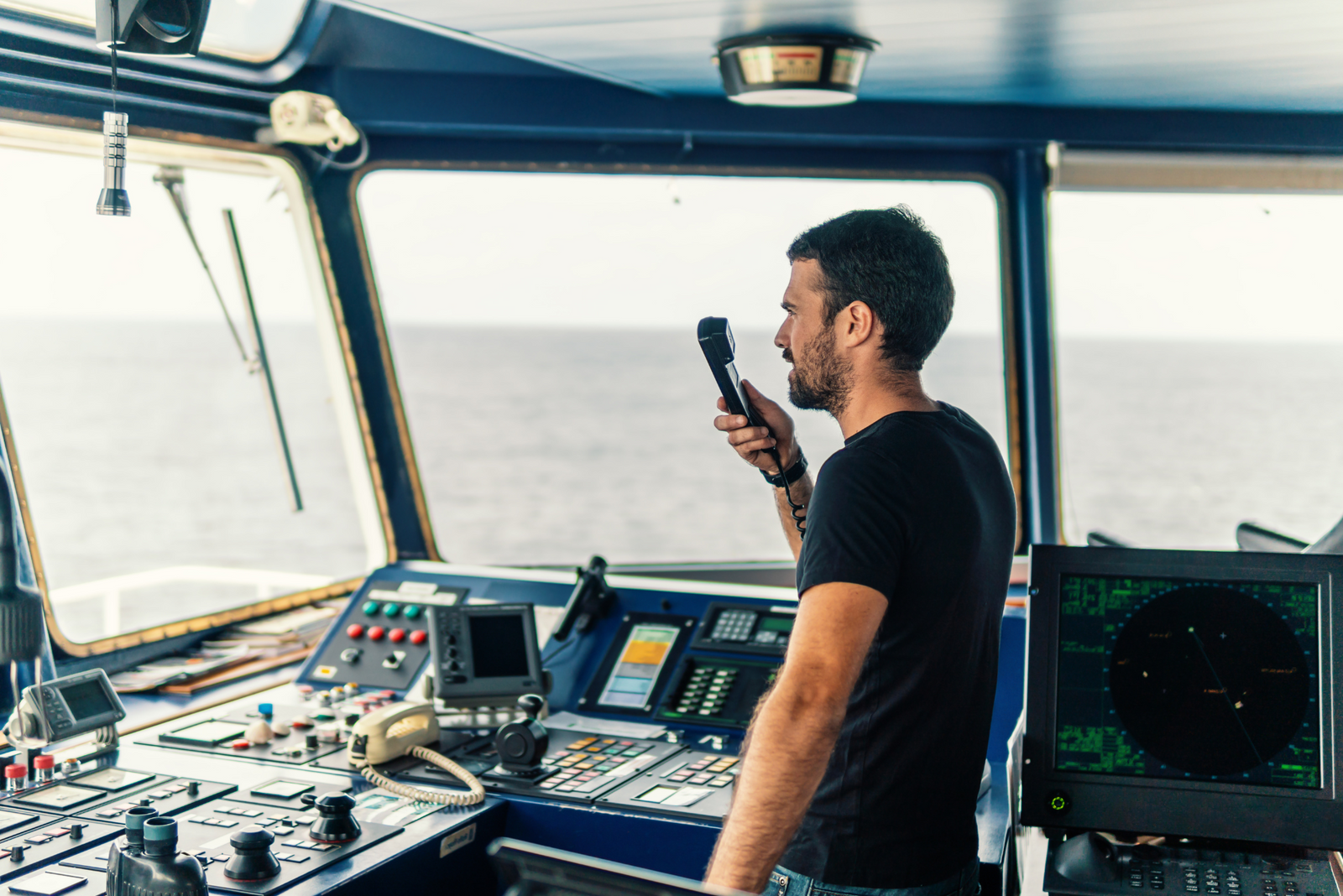Free Shipping on Orders $50+
Free Shipping on Orders $50+

Urgency Calls: How to Call for Help on a Boat
by Bob Figular September 27, 2024
When an emergency happens on a boat, mariners nearby need to respond quickly.
Using the right urgency call broadcasts the degree of emergency and triggers a specific response in listeners, such as preparing to collect more information or keeping a transmission frequency open during an incident.
When you know how to call for help on a boat, emergencies resolve faster and more successfully — before they turn into tragedies.

Benefits of Learning How to Call for Help on a Boat
Using your boat’s marine radio proficiently and knowing proper radio protocol speaks well of you and your crew. But the practical benefits are even more important.
Being aware of the basic protocol for proper marine radio operation significantly increases you and your crew’s chances of survival in an emergency. Additionally, understanding how to properly use your marine radio can alert you to safety and navigation issues, NOAA weather alerts, and other emergencies in your operational area.
Different Types of Urgency Calls
If you need to call for help from a boat, or if a mariner nearby is in distress, it’s crucial that you’re familiar with the different emergency voice communications.
The Coast Guard recognizes three different urgency calls, each intended for use in different situations:
MAYDAY
MAYDAY is a distress call of the highest priority. Spoken three times, it shows that a person, boat, or aircraft is threatened by grave or imminent danger and requires immediate assistance. This urgency call is broadcast on the 2182 kHz frequency or Channel 16. A MAYDAY call has absolute priority over all other transmissions and isn’t addressed to a particular station.
All boat operators hearing a MAYDAY call should immediately cease transmissions that may interfere with the distress traffic. They should then continue to listen on the distress message’s frequency.
PAN-PAN
Also broadcast on 2182 kHz or Channel 16, this urgency signal consists of three repetitions of “PAN-PAN” (pahn-pahn). It means that the calling station has a very urgent message to transmit concerning the safety of a ship, aircraft, vehicle, or person.
SÉCURITÉ
“SÉCURITÉ” (seh-cure-ih-tay) is the least urgent signal. Repeated three times on 2182 kHz or Channel 16, this call indicates a message concerning navigation safety, or important weather warnings will be transmitted on 2670 kHz or Channel 22.
Other Alarms
Many marine radios offer an additional audio means of sounding an alarm consisting of two differently pitched tones sent alternately, producing a warbling sound. If used, the alarm continuously sends the signal for no less than 30 seconds and no more than 1 minute. The user follows the signal with the urgency call and message.
There are two primary reasons to use a radio alarm signal:
- To attract the attention of listeners on the frequency.
- To activate the automatic listening devices found on large ships and shore stations.

Responding to Urgency Calls
When a distressed boater is in your vicinity and calls for help, acknowledge receipt of the distress message immediately.
However, if the distressed vessel’s position is a long distance away, boat operators should pause for a few moments to allow boats or vessels closer to the distressed vessel to reply first. In areas where communications with one or more Coast Guard shore stations is possible, it’s best to wait a short period to allow the Coast Guard time to acknowledge receipt of the distress signal.
When you’re involved with a distress situation on Channel 16, do not attempt to change or shift to a working channel until you obtain enough information to handle the situation. This ensures you can still help even if communications are lost during the change of channels.
Learn More About Boat Safety
There’s much more to learn about how to call for help on a boat and other important safety practices. One strategic way to increase your safety on the water is through captain’s license training or a recreational certificate program.
Fortunately, from crew to captain and any place in between, Mariners has a course that’s right for you. Discover more about our targeted courses today.
Leave a Comment
Comments will be approved before showing up.
